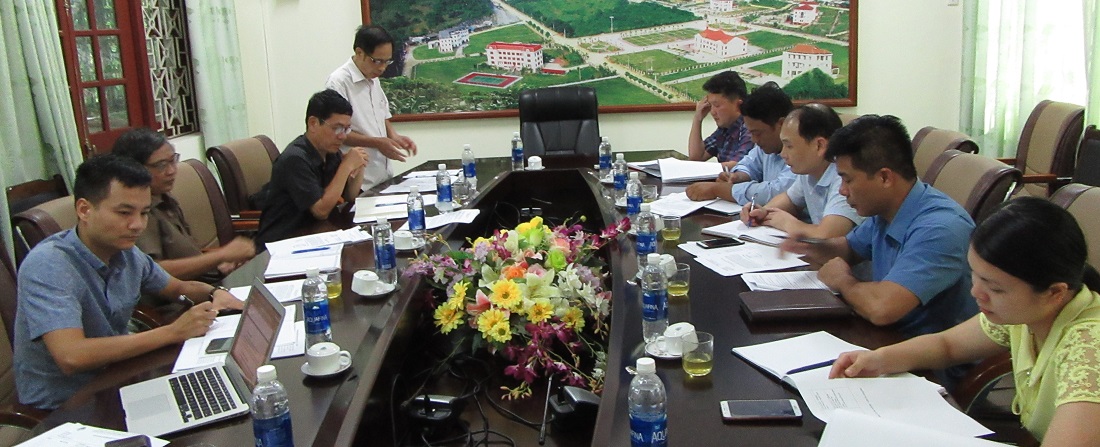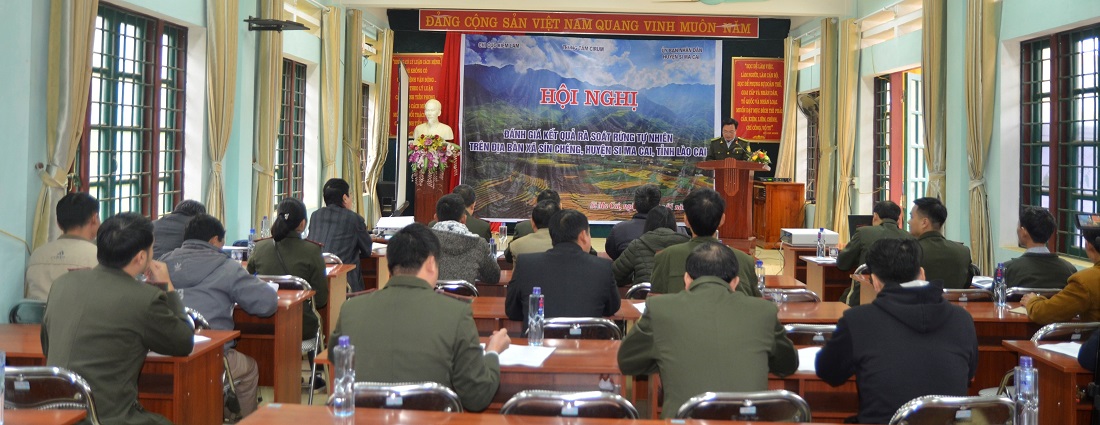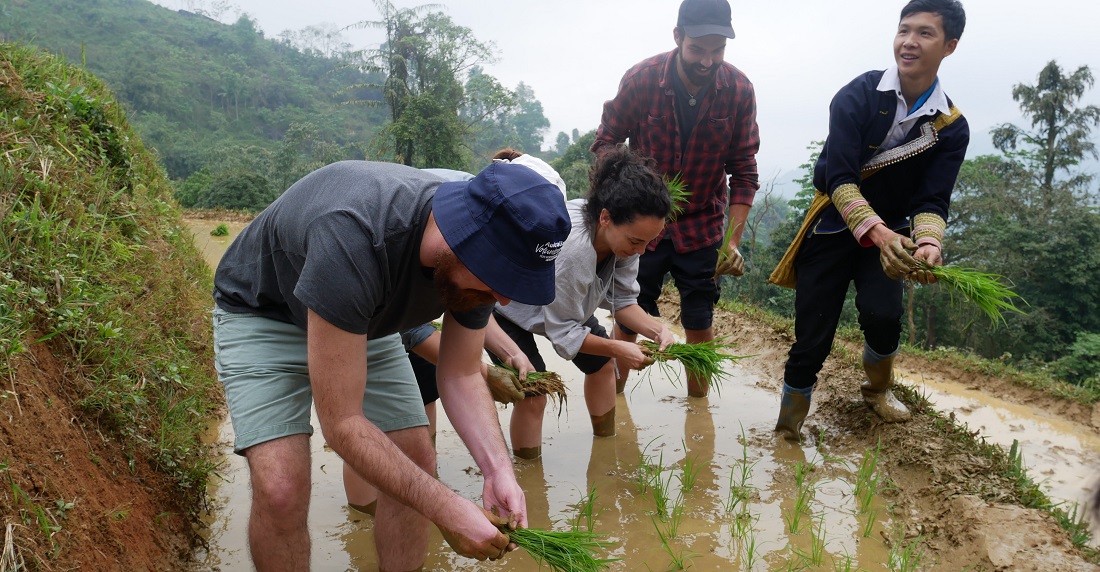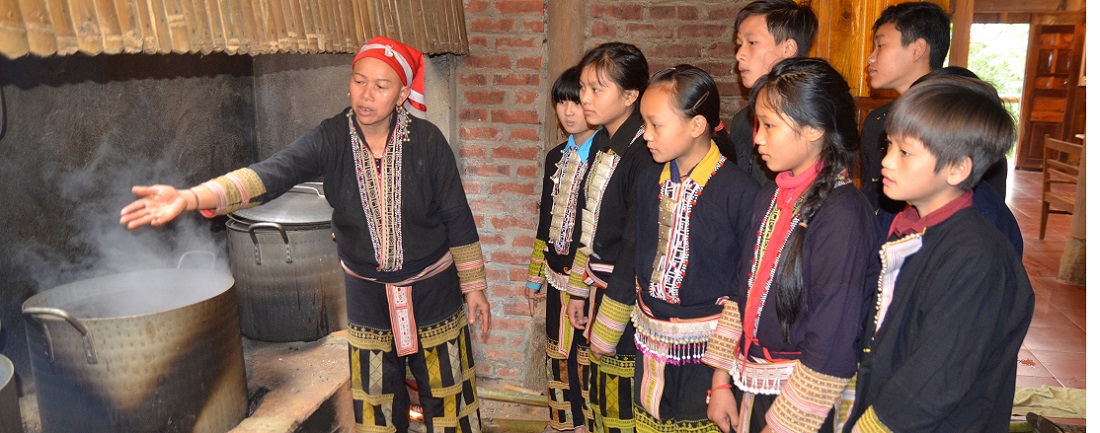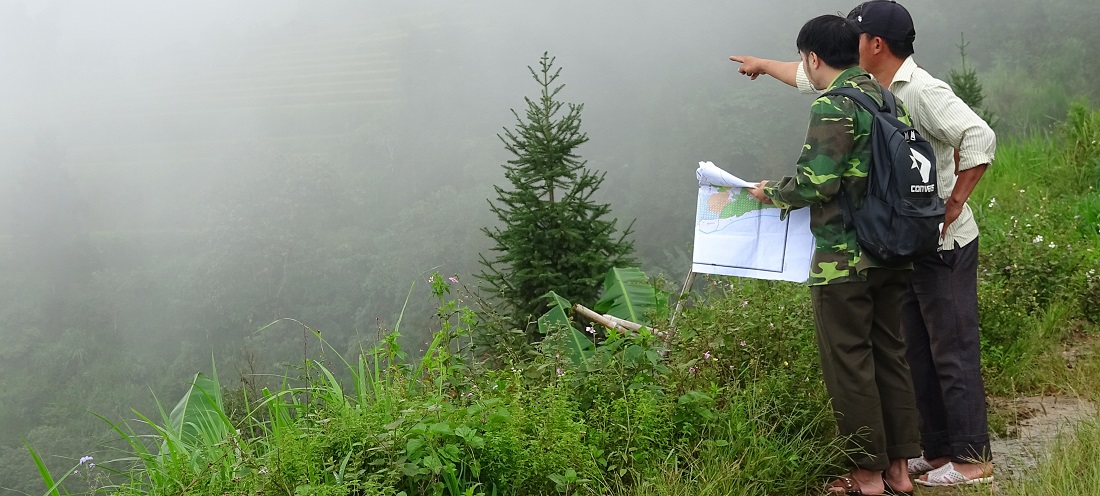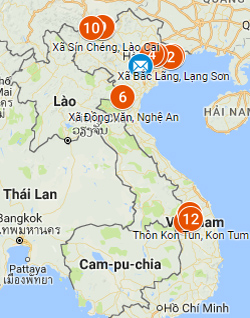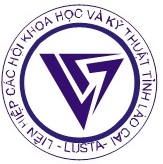Tribal Culture Experience
Conservation Enterprise Case Study: Sai Duan Traditional Herbal Baths
The past week I have had the privilege of working with a Red Dao ethnic minority village in the highlands of Lao Cai, Vietnam, on their community enterprise. My organisation, CIRUM, with the financial support of the EU and CCFD, has been supporting them for nearly two years to develop the service, which is about to be officially opened for business in January 2019. It’s one of the best examples that I’ve ever worked on of community-owned business, culture and conservation enterprise, and women’s economic empowerment. I would like to share with you why it has been successful.
Genuine Community Ownership
While CIRUM has been instrumental in supporting the planning and construction of the bathhouse, it has been very much led by the community.
A small group of existing community leaders were appointed by their community to manage the funds and procurement, and have been scrupulous in spending the money effectively. They have had to answer to the community, who have been very focused on exactly how much was spent on what – they want to get maximum value for money.
The community also contributed what they have to offer – much of the labour was donated in-kind by the community, and they made many of the fittings and utensils throughout the building from local timber and bamboo. They also raised support have from the local government, who contributed with financially and in-kind, building a new road to the herbal baths. As a result, it’s taken a long time to build the building – community-led usually means slower, and donors need to factor this into their time frames.
Culture and Conservation Enterprise
The service also is designed to draw on the unique assets of the Red Dao community – their forests and their traditional knowledge.
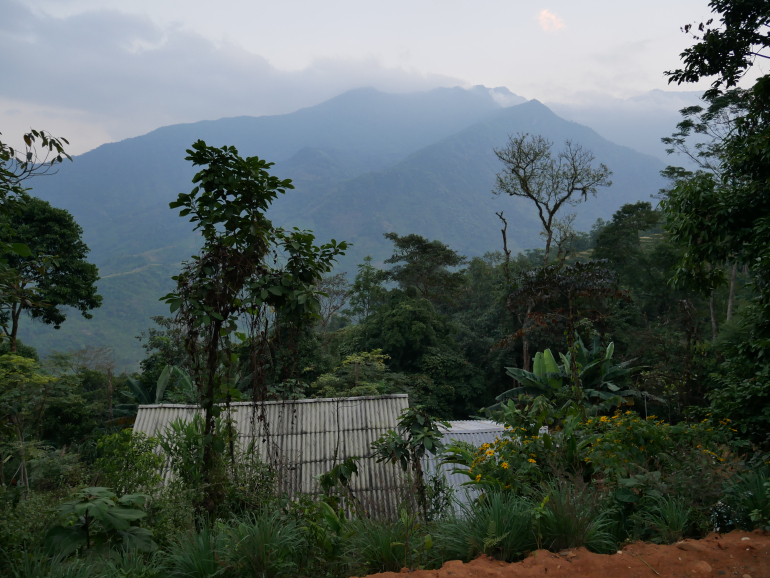
As a forest-dwelling people, the herbal baths are part of their ethnic minority’s extensive knowledge of the uses of medicinal plants that lie within their territory. By drawing on Indigenous knowledge and using non-timber forest products (NTFPs), the baths create incentives for the community to maintain and pass on their traditional knowledge, and to conserve the forests and their plants so that there is a supply of materials for the baths.
By bringing in guests that are interested in and respect their culture, in turn we expect the young people, who are fascinated by modern trends, to re-evaluate their own cultural heritage, to see it as a source of value that brings income into the community. When we listed the benefits the community wanted from the enterprise, the number one thing they mentioned was to learn English. I have people lining up to volunteer to teach English in the community, because they want access to the stunning location and unique cultural immersion experience.
Women’s Economic Empowerment
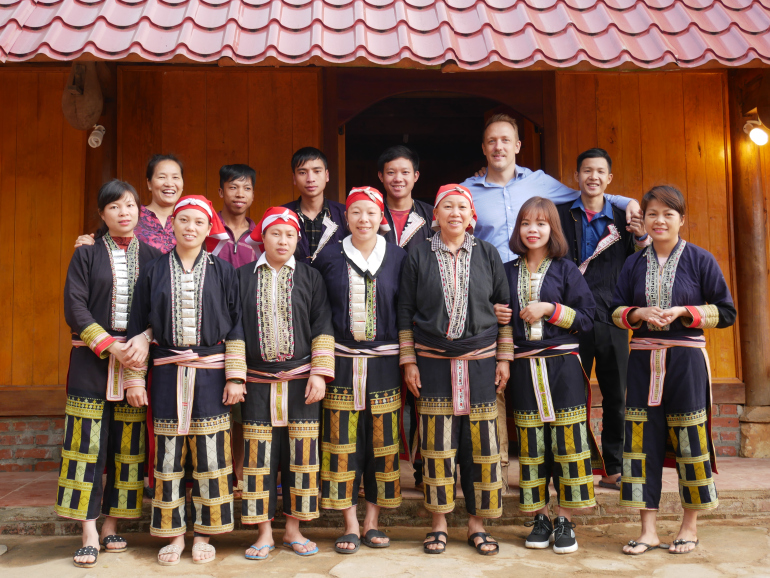
The “training” I facilitated this week was a combination of collaborative decision-making, education and practicing how to run the service. Most fascinating was the code of conduct session, which they decided covered customer service, team-work and quality management. The group was keen on the inclusion of empowering principles, such as non-discrimination and avoiding sexual exploitation of women.
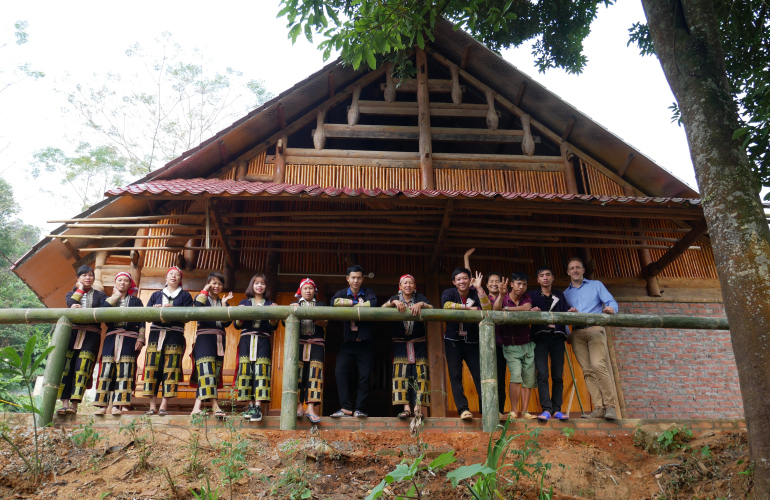
All of the major decisions, from roles and responsibilities, to risk management planning, were made collectively.
The driving force behind the project has been the senior herbalist of the community – a female elder named Chao Xiu May. She has not made all the decisions alone – quite the opposite. When we discussed who would solve problems, she agreed with the community members chosen to take part in the training, that there would be a small team who would be, in effect, the problem solving group for the enterprise, and this team is majority female. They also decided that Chao Xiu May, as the traditional knowledge holder and key contact for visitors, should receive 10% of the income after costs, equal with the distribution to the community.
The final community meeting, endorsing the business model, was a packed affair, filling the cozy bathhouse. It went on until late at night, but it was great to see how supportive and eager the community were for their new product. The next challenge for them and us is to deal with the practical challenges of finding and satisfying customers for their business.
If you want to be one of the first people to try this unique and meaningful experience, please contact us on nepxua.tour@gmail.com – I know they will be keen to welcome you.(Written by James Pilkington - Social Enterprise Advisor)






